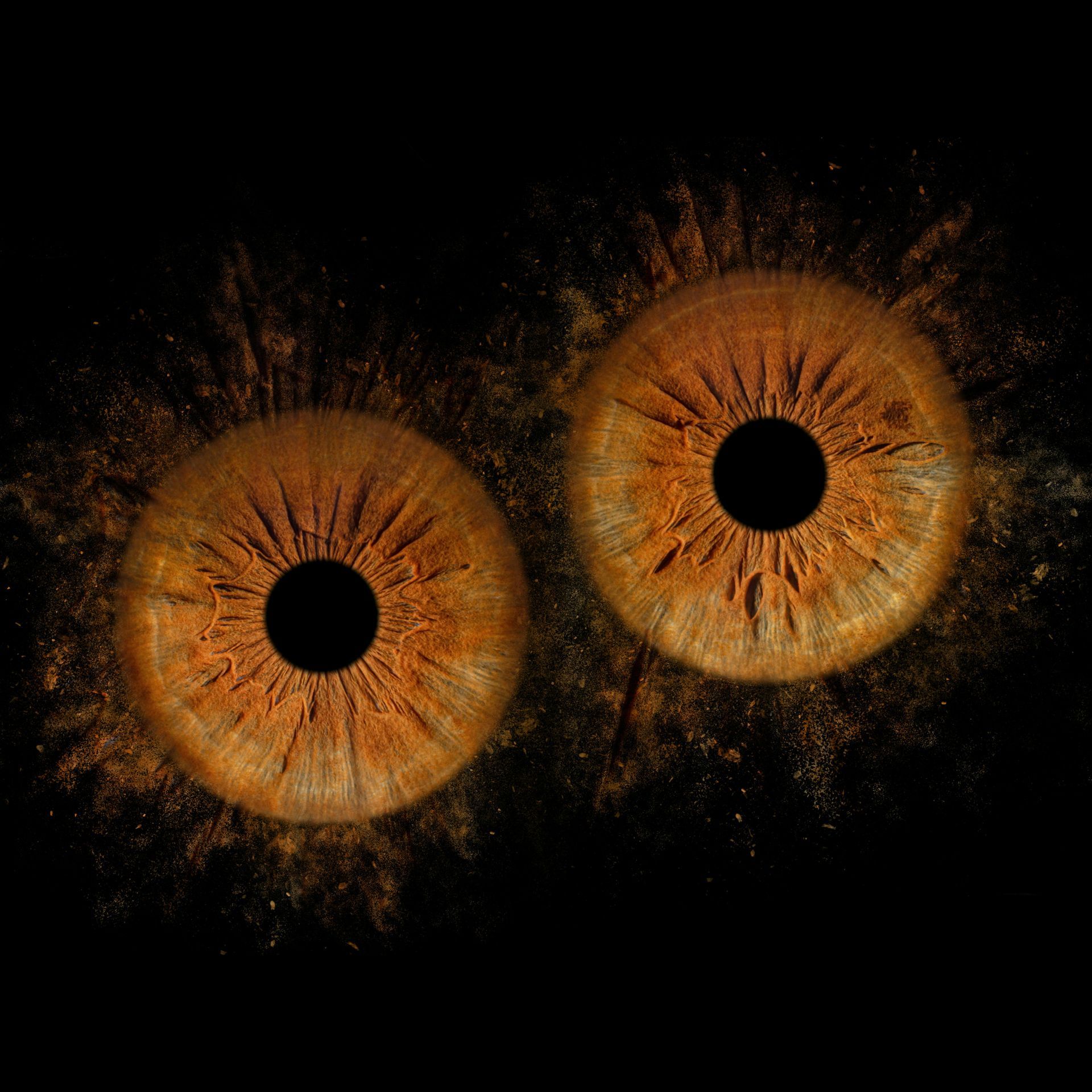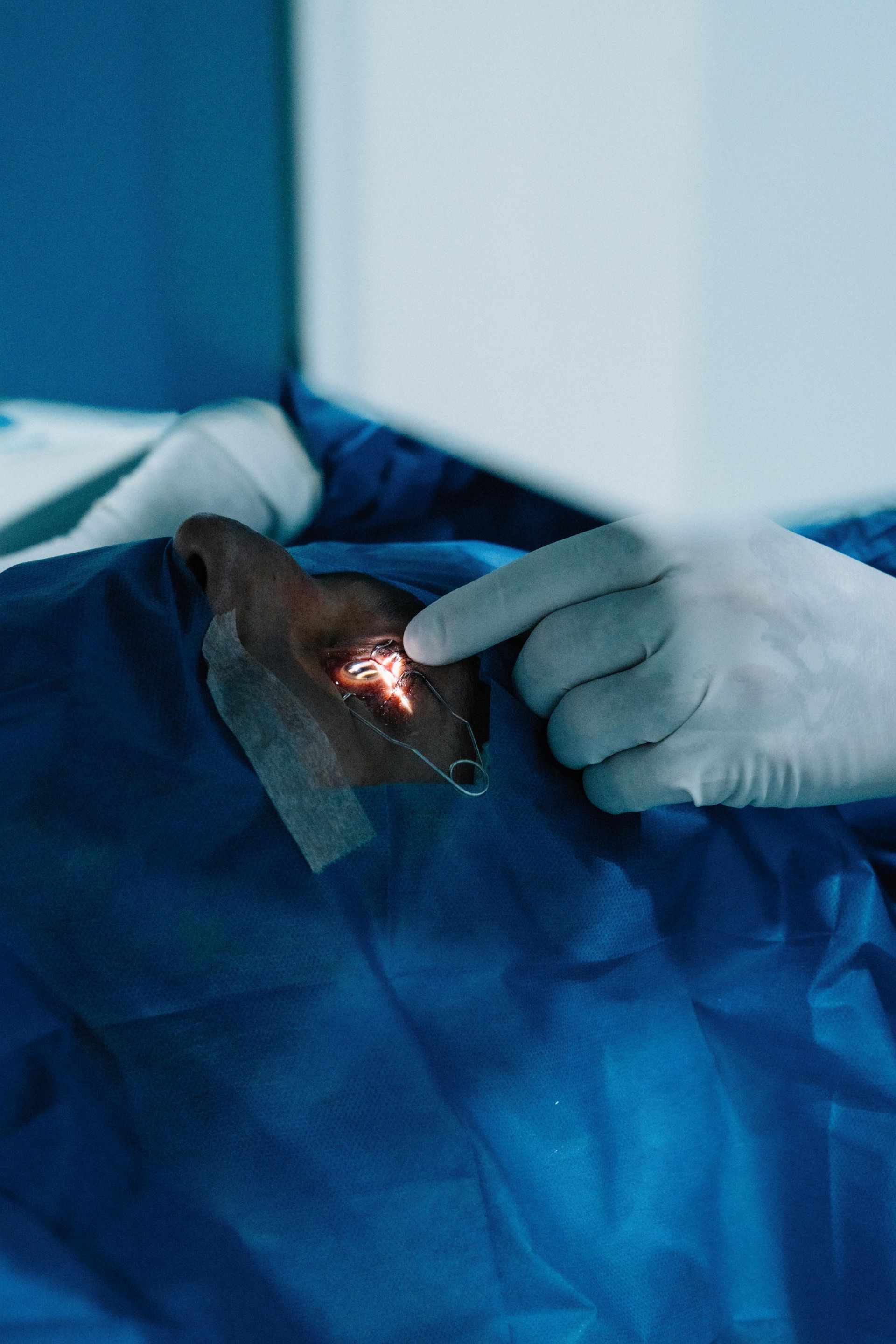A pitcher with heterochromia iridum!

Blog vol 6.5. A pitcher with heterochromia iridum!
Last weekend my sons and I made the trip down to the Rogers Centre and took in a ball game. The Toronto Blue Jays have been on a tear in the past month and now sit atop the American League East standings, yeah! We got our tickets in way back in May (now a hot item! the place was sold out), seats about 3 rows up on the 3rd base side in the 200’s with a great view of the game. The great view was improved by the recent renovations to Rogers Centre which changed the seating creating more room and better sight lines. We got to see Mad Max pitch, which was awesome! He did not disappoint.
Max Scherzer (Mad Max) is a wily veteran — winner of 3 Cy Young awards, one in at least each league, he has pitched two no-hitters and won two world series. The Blue Jays picked him up in free agency in the winter of 2025 and he did not start until late spring due to injury. On Saturday we saw him win his second win of the season, pitching 6 innings of 5 hit ball, giving up one earned run and striking out 5. He was the star of the game which finished: Jays 4, Royals 2.
What is so special about Max Scherzer, besides his pitching prowess is his eyes. He has a right eye that is blue and a left eye that is brown, a condition called heterochromia iridum. In Max’s case he is completely heterochromic. You can also have partial, sectoral, or circular versions, which I have seen on many occasions. The colour of the iris is directly related to the amount of melanin that the melanocytes deposit in the iris stroma, i.e. more or less pigment. The complete version of heterochromia is quite rare, less than 1 % of the population in North America. Eye colour is usually genetically determined, not by just one gene, but by several genes interacting with each other.
Remember your high school science classes and the old Punnett Square, where you took the dominant brown and the recessive blue genes and you mapped them out for a family or an individual. That works great for demonstration purposes, but the real picture is a lot more complex. Somehow people end up with green eyes, or more “yellow” eyes or even “purple”, and as in the case of Mad Max, one eye of each. If your child has two different coloured eyes, don’t panic, just book your tickets for Cooperstown and the Hall of Fame, where our boy Max is headed.
Seriously, we need to watch our children’s eyes, which in their first year can darken as melanocytes produce and deposit melanin. There are the rare incidences where eye colour can change due to trauma or due to a rare condition called Waardenburg Syndrome, but you will usually know when that happens. With Max, his eye colours may be the result of a gene mutation or they may be autosomal dominant and potentially passed on to his kids.
I would not like to be the batter facing him, for sure, having those multi-coloured eyes baring down on me just waiting for a 95 mph heater to clip the outside corner: another K (strike out) for Mad Max.
Play Ball!
The good doctor






